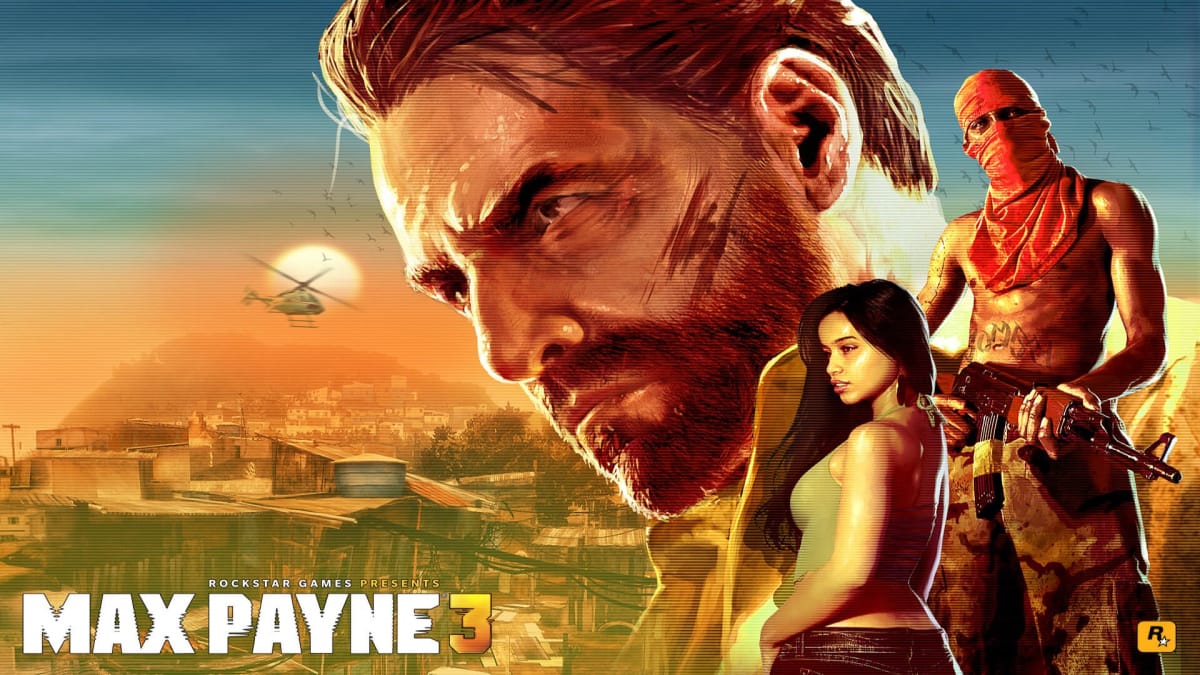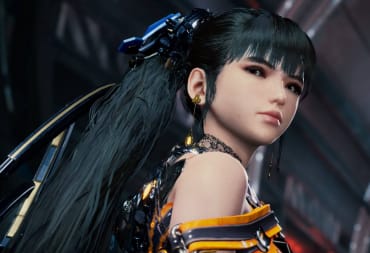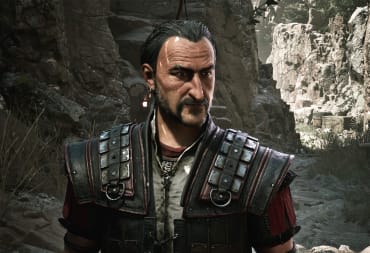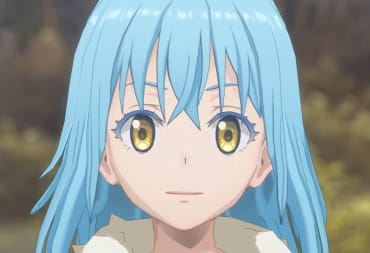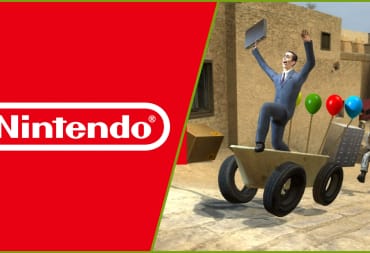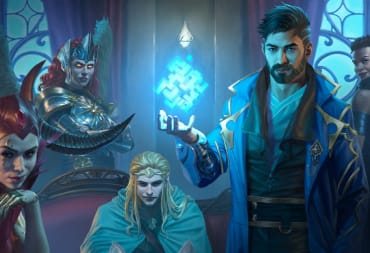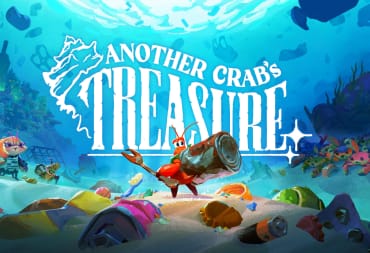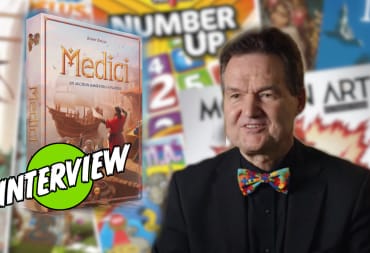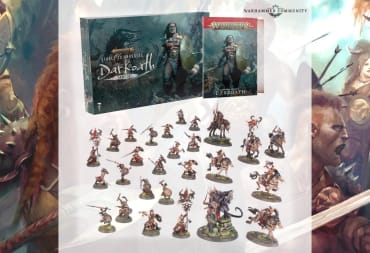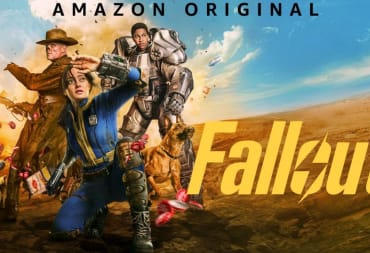Max Payne. For a certain generation of PC players, the very name ignites memories of hard-boiled detectives and balletic gun battles. For the games industry as a whole, it helped introduce bullet time as a gameplay mechanic, quietly revolutionizing shooter action. It established its own narrative voice with a mix of acerbic wit and noir style. There's a reason why almost two decades after their original releases, the community is excited for the recently announced remakes.
Then, there is Max Payne 3, which released 10 years ago today. This was the entry developed not by original creators Remedy Entertainment, but by Rockstar Games. This is big because, publisher Take-Two Interactive owning the IP since the first game's release, a lot of what made the series stand out was due to Remedy's creative voice. This change in creative team, design ethos, and overall storytelling philosophy is why this entry is considered the odd one out by its fans. Furthermore, upon revisitation, it is an experience that has only become more bitter and mean-spirited with age.
Warning: This retrospective will contain spoilers for the Max Payne series.
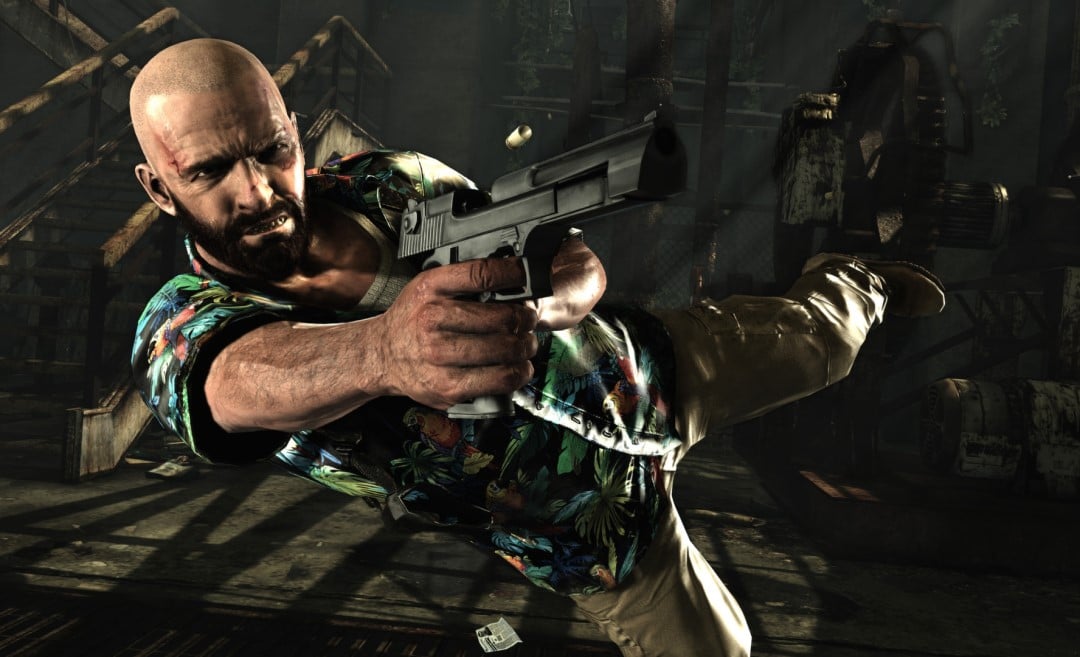
Max Payne 3 Retrospective - Running Away From The Past
When it came to Rockstar deciding to create Max Payne 3, it was essentially an uphill battle right from the start. Both Max Payne 1 and 2 were action games about a New York cop fighting organized crime in vengeance after the murder of his wife and child. On paper, the developers of Grand Theft Auto seem like a perfect fit for that kind of setup. Except, not only was Max Payne 2 considered a sales disappointment, Remedy's attitude with the second installment was treating it as one last story with the character, one where there would be no loose ends.
From a business perspective, this meant going over the same beats ran the risk of diminishing returns. From a narrative perspective, Max Payne 2's story had a definitive, if tragic, ending. Max loses the last of his friends in a gun battle of betrayal and his love interest dies in his arms. Like the title implies, the main hero falls but emotionally finally comes to terms with his pain and moves on.
Finally, while bullet time was revolutionary back in 2001, when Rockstar announced the third game in 2009, just about every modern action game had it in some form. The FEAR games, Raven Software's Wolfenstein, Stranglehold, even Rockstar's own Red Dead Redemption took inspiration in some shape or form. From both a narrative and a gameplay perspective, Rockstar had to justify returning to this character, make something familiar feel fresh again, and make it its own.
As far as presentation goes, it does a great job of putting you in the mindset of someone barely held together by whiskey and painkillers.
Rockstar's new creative direction for Max Payne 3 was all over the marketing. The tortured detective wouldn't be fighting a new crime wave in New York, but drug lords and paramilitary organizations in Sao Paulo, Brazil. The posters and concept art did away with comic book stylization, focusing on grime, sweat, and grit. Even Max's iconic look was swapped out. The result was a game that looked more inspired by Tony Scott than John Woo.
As for notes about the production itself, they are sparse. Aside from a few E3 presentations showing off demos and some printed interviews, not a whole lot is known about the development of Max Payne 3. However, considering the game was delayed multiple times -- originally slated for a winter 2009 release -- and Rockstar's known history of crunch, it was most likely not pleasant.
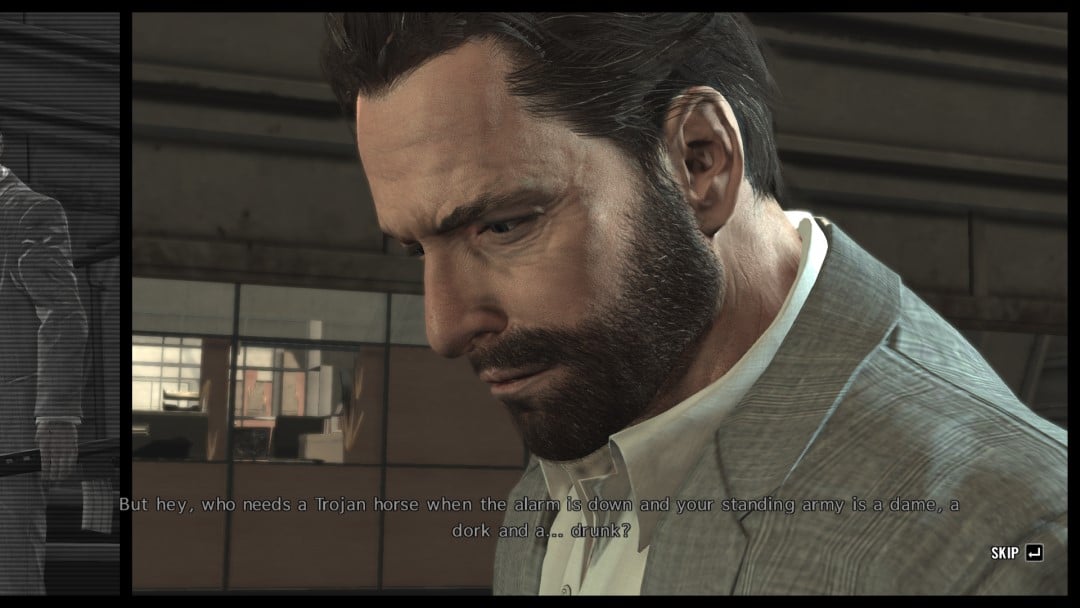
Max Payne 3 Retrospective - The View From the Bottom of a Bottle
As for Max Payne 3 as a game, time has not been kind to it. As far as production value goes, a lot of it still looks good, a testament to Rockstar's audiovisual polish. The game even has a fully scored soundtrack by U.K. rock band Health, whose album is getting re-released in celebration of the game's anniversary.
However, both as a standalone story and as a sequel to what came before, the narrative is a hot mess. The entire plot is framed as an extended flashback with Max's mind hopping back and forth between key plot points. As far as presentation goes, it does a great job of putting you in the mindset of someone barely held together by whiskey and painkillers.
The story just does not hold up to scrutiny no matter how you slice it.
But once that very narrative framework is stripped away, the story barely makes any sense from a narrative or character perspective. To summarize, Max ends up fired from the police force and gets attacked by the mob. An old friend of his from the force sets him up as a bodyguard for an obscenely rich family in Sao Paolo. The family is attacked by several different organizations, which sets off a string of chases and shootouts. Max almost kills himself multiple times to save these characters that he has no vested interest in. Eventually, Max finds out that all of the wanton destruction, assassinations, kidnapping, and the like was all set up by a member of the family in a grab for power. Part of this plot was to set Max up as the fall guy for the whole thing. Cue one last shootout where Max stops him, roll credits.
The story just does not hold up to scrutiny no matter how you slice it. As you are playing through Max Payne 3, the story keeps finding ways to pad itself out and wear you down. Characters are captured, rescued, then captured again multiple times. Levels and scenarios feel more contrived than organic, the most obvious being a sequence on a yacht in Panama that goes on way too long. Cutscenes are padded with caustic dialogue by vapid caricatures of people while Max drones on about how he longs for death. Most of the dialogue is in Portuguese with no subtitles, which further obfuscates just how threadbare the story is. Worse still, they cannot be skipped since the cutscenes are masking loading screens.
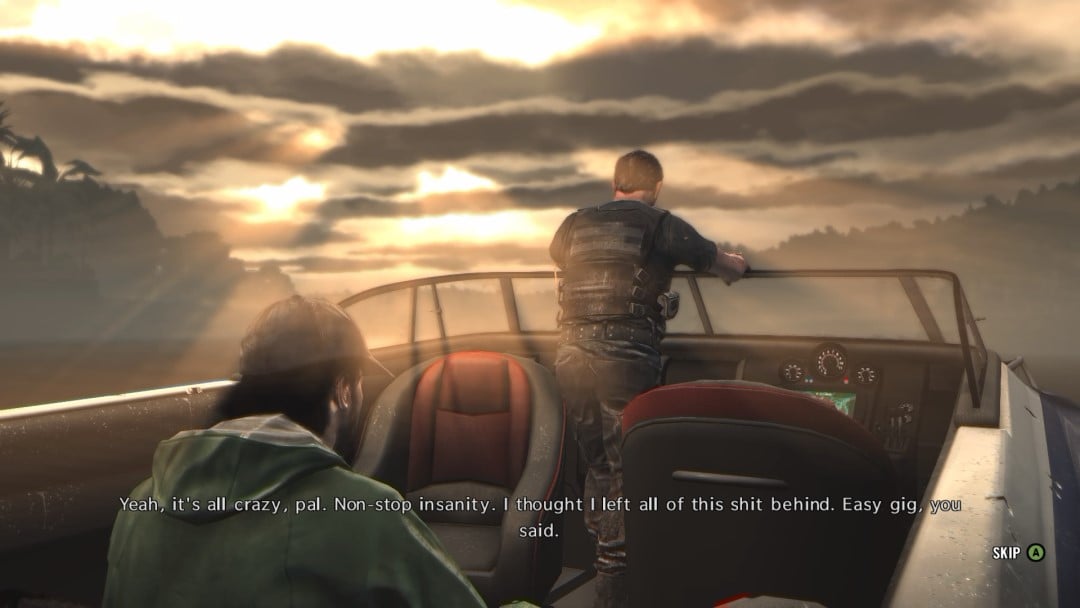
Once everything is said and done, the major twists and character motivations fall apart as well. Why set up Max Payne as the fall guy in a criminal conspiracy, the one-man army that took out entire drug rings before, then send him out to fight said criminal gangs? Why does Max continuously self-destruct with drinks when it comes to characters he just met? Why emphasize so many cutscenes on dark political machinations when the final reveal itself ends up being so trite? Finally, there is the baggage of the prior games. Why does Max effectively repeat the same redemption arc he had before? Where did his wry self-aware sense of humor that humanized him go?
Not only is the story bad, it highlights lead writer Dan Houser's worst habits as a storyteller: unlikeable insufferable characters, an undercurrent of nihilistic self-destructive misery, a patchwork plot of barely connected vignettes, a ton of meandering vulgar dialogue devoid of self-awareness or levity; all are present until the credits roll.
At the time, many outlets praised the title's unflinching examination of violence and self-destruction. But in 2022, a lot of that commentary and attitude is just so much portentous white noise compared to more sharp and concise experiences about violence and addiction like Spec Ops: The Line and Disco Elysium.
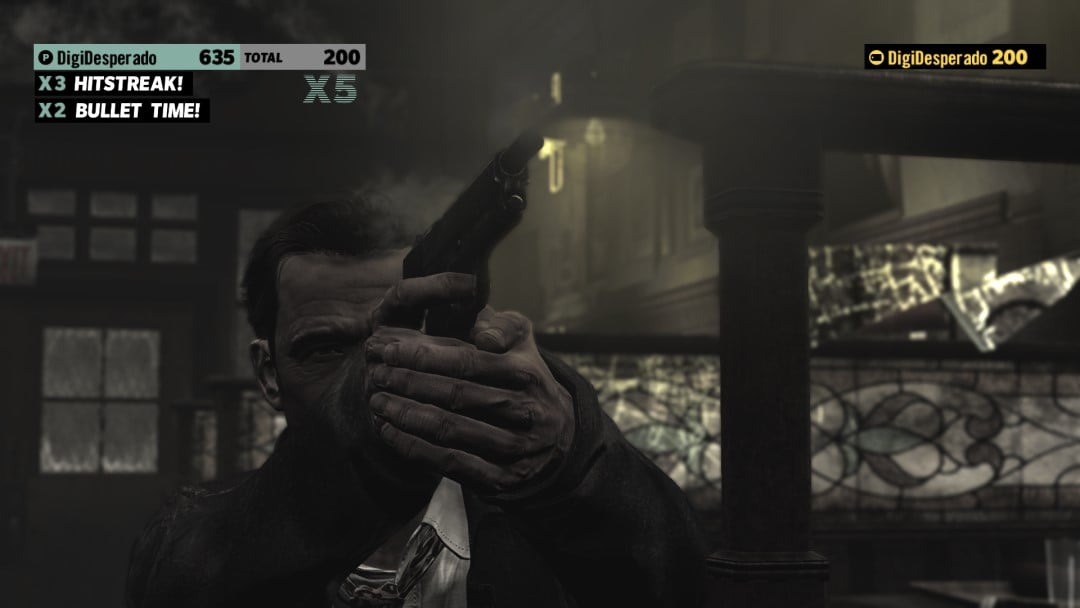
It All Went To Hell In A New York Minute
On the other hand, the gun battles of Max Payne 3 still hold a lot of their punch. The series' signature bullet time is used to emphasize precision and target acquisition more in this installment. Various set pieces will task you with killing a room of enemies as fast as possible with little room for error. New enemies will start wearing armor and helmets, forcing you to be more precise with your shots. You can even shoot explosives out of the air. This is combined with Rockstar's emphasis on more grounded, heavy physics, making the use of bullet time a precious resource. Performing a John Woo shoot dodge is more of a calculated risk than a go-to strategy here.
In fact, the best way to play Max Payne 3 now is the Arcade mode. It excises a ton of narrative cutscenes and replaces it with a scoring system. There are even a collection of modifiers like not being able to take cover or head-shot only kills. Considering how frivolous and insubstantial so much of the narrative is, focusing on just quick and easy gunfights is the way to go.
All in all, Max Payne 3 is an angry, hollow sequel. It continues a character's story past its natural stopping point and does so with mean-spirited vice and contempt. As an action game, it feels more like a test kitchen of scenarios and set pieces than a coherent story. It is an experience so built on relentless, excessive misery that it forgot to have a personality.
Have a tip, or want to point out something we missed? Leave a Comment or e-mail us at tips@techraptor.net
